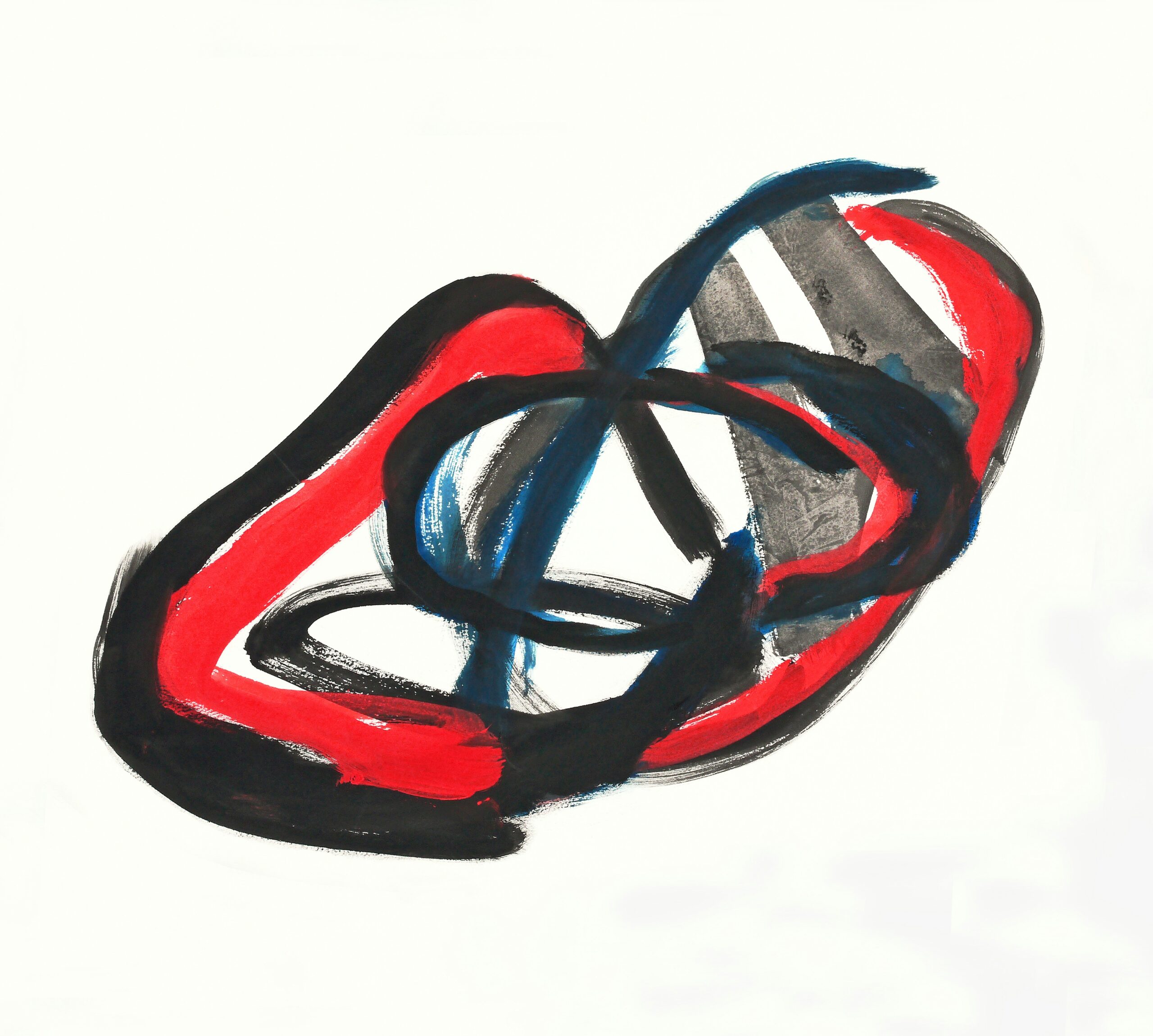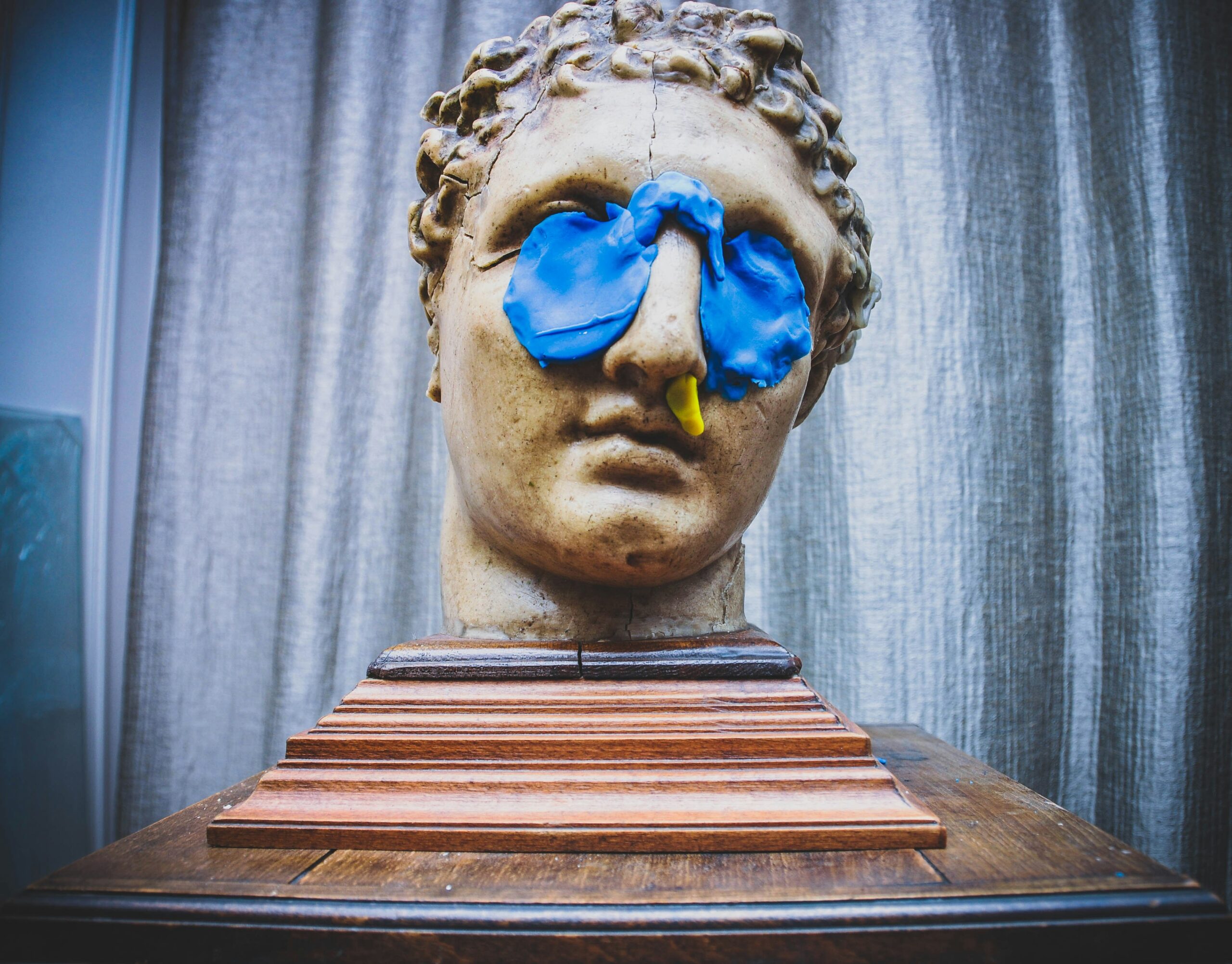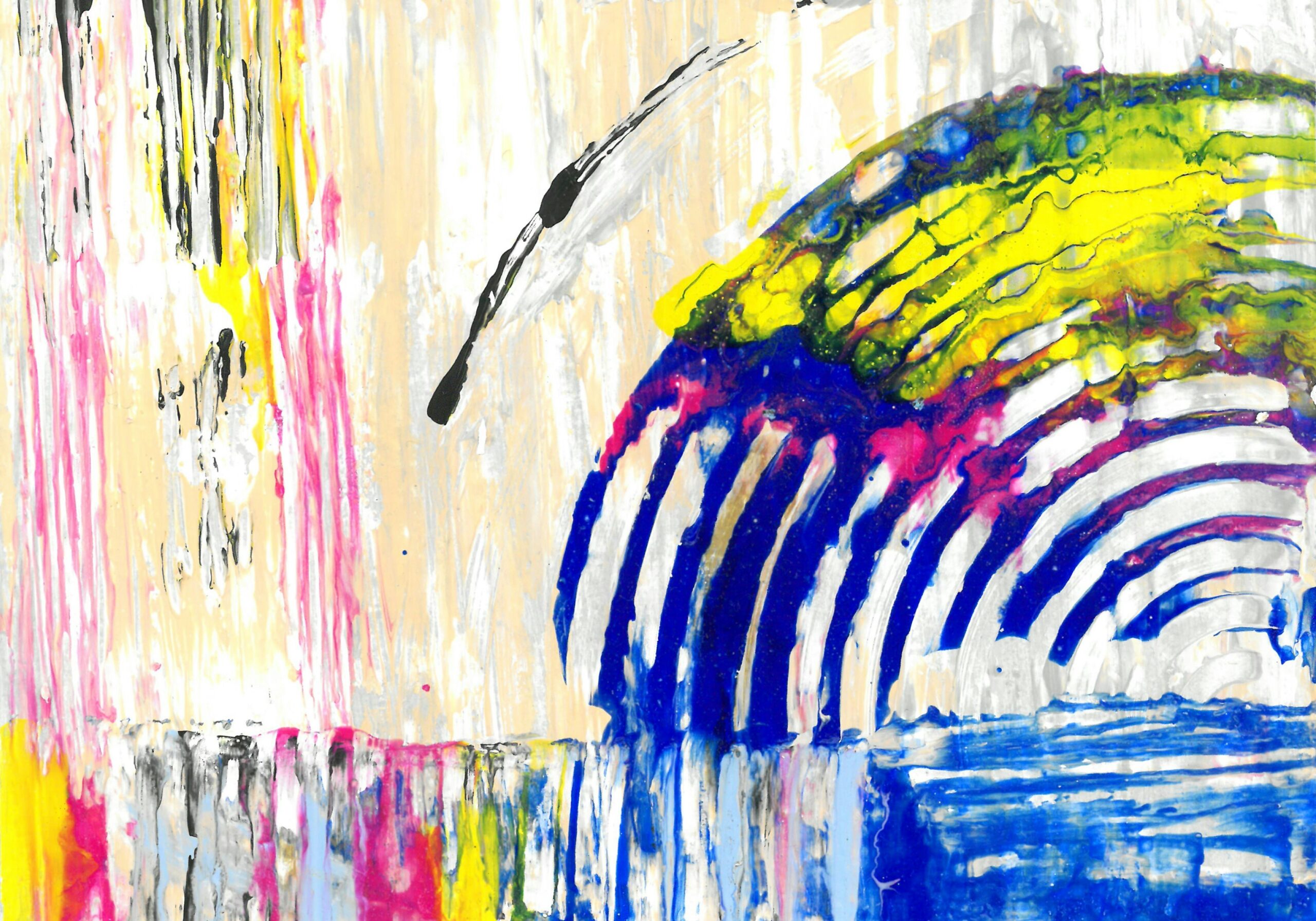Why Is Modern Art So Bad? Exploring Criticism, Confusion, and Controversy in Modern Art
Every time I walk into a gallery filled with modern art I find myself scratching my head. Splashy canvases and odd sculptures seem to get more attention than pieces that actually show skill or meaning. It makes me wonder why so many people—including myself—see modern art as confusing or even bad.
I’m not alone in this feeling. Critics and casual viewers alike often question how a few lines or random objects can be called art. Is modern art truly lacking in value or are we just missing something? Let’s dig into why modern art gets such a bad rap and whether it really deserves it.
Understanding Modern Art

Modern art describes works produced from the late 19th century to the mid-20th century, featuring movements like Cubism, Abstract Expressionism, and Surrealism. These movements abandoned traditional techniques in favor of experimentation, often emphasizing idea over representation. I see artists using nontraditional materials, fragmented forms, or even blank canvases to challenge what art can mean.
Critics point to the lack of recognizable subjects or technical mastery, with examples like Kazimir Malevich’s “Black Square” or Marcel Duchamp’s “Fountain” sparking debate. These works can feel disconnected from earlier art’s focus on skill and detail, especially for viewers who expect lifelike portraits or dramatic landscapes.
I notice that modern artists often value concept, innovation, and disruption. Museums, galleries, and auction houses, including entities like Christie’s and Sotheby’s, elevate such works for their originality and historical influence. This endorsement can seem at odds with common expectations—leaving some viewers believing modern art lacks substance or emotional depth.
Common Characteristics of Modern Art
| Characteristic | Example Work | Notable Artist |
|---|---|---|
| Abstraction | “Composition VII” | Wassily Kandinsky |
| Minimalism | “White on White” | Kazimir Malevich |
| Conceptual Focus | “Fountain” | Marcel Duchamp |
| Unconventional Media | “Merzbau” | Kurt Schwitters |
| Distortion/Fragmented Forms | “Les Demoiselles d’Avignon” | Pablo Picasso |
Modern art’s goals differ by movement, artist, and historical context, with examples ranging from geometric abstraction to social commentary. I observe that these differences help explain why modern art often creates confusion or frustration among audiences seeking traditional beauty or technical brilliance.
Common Criticisms of Modern Art
Common criticisms of modern art target its perceived technical shortcomings, confusing focus on ideas, and exclusionary culture. I see these issues repeated across public discussions, reviews, and debates.
Perceived Lack of Skill
Critics of modern art often argue that many works appear to lack technical mastery. Paintings like Kazimir Malevich’s “Black Square” or sculptures assembled from found objects receive complaints from viewers expecting visible artistic skill. I notice that detractors reference detailed works from artists such as Leonardo da Vinci or Jean-Auguste-Dominique Ingres as examples of expected craftsmanship, finding modern pieces unconvincing by comparison.
| Modern Example | Traditional Counterpart | Criticism Type |
|---|---|---|
| Malevich’s “Black Square” | Da Vinci’s “Mona Lisa” | Technique |
| Duchamp’s “Fountain” | Ingres’ “La Grande Odalisque” | Execution |
| Rothko’s Color Fields | Bouguereau’s Portraits | Skill Visibility |
Abstract Concepts Over Substance
Modern art receives criticism for prioritizing abstract ideas and theory over tangible or emotional impact. Viewers encounter conceptual installations and abstract visuals, such as those by Jackson Pollock or Yves Klein, and report difficulty finding meaning or depth without lengthy explanations. I find that some audiences reject pieces where context or ideology seems to outweigh the actual artwork, viewing these pieces as inaccessible or hollow when judged by traditional standards of narrative or symbolism.
Accessibility and Elitism
Critics describe modern art circles as exclusive, with museum curators, galleries, and critics influencing what’s displayed and valued. I meet people frustrated when modern art requires specialist knowledge or connections to understand, causing it to feel inaccessible. Auction records for works like Andy Warhol’s screen prints or Damien Hirst’s installations reinforce this perception of elitism, as high prices and insider networks appear to separate modern art from the broader public.
| Barrier Type | Example Instance | Impact on Audience |
|---|---|---|
| Museum Curation | Selective exhibition choices | Limits exposure |
| Critical Discourse | Complex essays in catalogs | Raises entry knowledge |
| High Market Prices | $100M+ sales at auctions | Alienates viewers |
Exploring the Roots of Negative Perceptions

Exploring why so many people view modern art negatively leads me to patterns within art history and society. I find the context and influences behind these perceptions shape the current attitudes about modern art.
Shifts in Artistic Movements
Tracing the shifts in art movements, I see dramatic changes in style and intent over time. Modern art sidestepped traditional techniques and recognizable subjects in favor of abstract, conceptual experimentation. Movements like Cubism, Abstract Expressionism, and Minimalism introduced work that emphasized process or idea over representation.
| Movement | Key Focus | Example Artist | Years Active |
|---|---|---|---|
| Cubism | Geometric abstraction | Pablo Picasso | 1907–1920s |
| Abstract Expressionism | Emotional gesture | Jackson Pollock | 1940s–1950s |
| Dada | Anti-art, readymades | Marcel Duchamp | 1916–1920s |
| Minimalism | Reduction, simplicity | Donald Judd | 1960s–1970s |
These shifts created a disconnect for viewers accustomed to technical skill and figurative art. Innovations that delighted insiders often left mainstream audiences skeptical, as modern art moved further from established standards of beauty and skill.
Media and Popular Culture Influence
Examining the impact of media and popular culture reveals persistent skepticism. Media coverage since the early 20th century has highlighted controversies and record-breaking auction sales fueled by works like Duchamp’s “Fountain” or Pollock’s drip paintings. Sensational stories—such as expensive purchases for seemingly simplistic works or public disputes over museum curation—dominate headlines.
Movies, television parodies, and satirical commentary reinforce stereotypes, framing modern art as either intentionally obscure or comically accessible. News stories about pranks or accidental art damage—like cleaners mistaking installations for trash—further cement disbelief in modern art’s value.
| Example | Media Channel | Public Impact |
|---|---|---|
| Satirical TV skits | Comedy shows | Highlights art’s perceived absurdity |
| Auction news | Newspapers, magazines | Focus on high prices instead of artistic context |
| Viral mishaps | Social media, websites | Attract ridicule, spread misconceptions |
These influences shape collective attitudes, making skepticism and negative perceptions common even among those with little direct exposure to modern art.
Defending Modern Art: Different Perspectives
Some defend modern art by emphasizing diverse viewpoints on its value and role in culture. Arguments in favor typically point to art’s subjective meaning and the importance of innovation across movements.
Subjectivity in Artistic Value
Art’s value remains subjective, based on individual interpretation and cultural context. For example, one viewer might connect with the emotion in Mark Rothko’s color fields, while another sees little. Museums like MoMA promote modern art for its power to evoke personal meaning, referencing psychological studies showing variable emotional responses to abstract works. Data from surveys by the National Endowment for the Arts (NEA) demonstrate contrasting opinions by demographic.
| Age Group | Found Modern Art Meaningful (%) | Felt Disconnected (%) |
|---|---|---|
| 18-29 | 61 | 28 |
| 30-49 | 54 | 35 |
| 50-64 | 39 | 48 |
| 65+ | 33 | 53 |
These differences illustrate how factors like age and cultural background influence perception.
Innovation and Breaking Traditions
Supporters praise modern art for prioritizing innovation over replication. Movements such as Cubism (Picasso, Braque) and Abstract Expressionism (Pollock, de Kooning) challenged perspective, form, and technique, spurring creative breakthroughs that shaped later developments like Pop Art and Conceptualism. Academic sources such as The Art Story highlight how these artists rejected strict traditions, believing progress depended on questioning established norms.
| Movement | Era | Key Innovation | Notable Artists |
|---|---|---|---|
| Cubism | 1907–1920s | Fragmentation of form | Picasso, Braque |
| Abstract Expressionism | 1940s–1950s | Gestural techniques, emotional focus | Pollock, Rothko |
| Minimalism | 1960s–1970s | Reduction to essentials | Judd, Reinhardt |
| Conceptual Art | 1960s onward | Priority of idea over object | Kosuth, Lewitt |
These shifts redefined what could be considered art, making room for new ideas and expressions distinct from prior eras.
Notable Examples and Controversies

Many modern art controversies stem from works that challenge traditional expectations, provoke debate, or attract high prices despite polarizing critical reception. Each example illustrates key reasons critics see modern art as “bad,” while supporters call attention to its conceptual breakthroughs.
Infamous Modern Art Works
| Artwork | Artist | Year | Description | Controversy Context |
|---|---|---|---|---|
| Black Square | Kazimir Malevich | 1915 | Monochrome black painting | Labeled simplistic, critics debated its artistic value |
| Fountain | Marcel Duchamp | 1917 | Upside-down urinal | Questioned what qualifies as art, sparked outrage at traditionalists |
| Voice of Fire | Barnett Newman | 1967 | Three vertical stripes | Controversial purchase price, criticized for simplicity |
| The Physical Impossibility of Death in the Mind of Someone Living | Damien Hirst | 1991 | Shark in formaldehyde | Criticized for shock value, debated originality |
| Comedian | Maurizio Cattelan | 2019 | Banana duct-taped to wall | Mocked for absurdity, high sale price and easy replication |
Public Reaction Examples
- Visitors often dismiss “Black Square” as lacking effort, overlooking its historic intent to reduce painting to its essentials.
- Duchamp’s “Fountain” incited museum resignations and was excluded from exhibitions, forcing debates about authorship and context.
- “Voice of Fire” drew nationwide scrutiny in Canada after taxpayers funded its million-dollar purchase for the National Gallery.
- “Comedian” went viral in 2019 after multiple social media personalities ate or removed the banana, highlighting questions about permanence and meaning.
- Auction house valuations for works like Hirst’s shark have sparked public outrage and calls for reform in art market transparency.
Major Art Scandals and Market Controversies
| Year | Event | Principle Challenge | Outcome |
|---|---|---|---|
| 1964 | Robert Rauschenberg’s “Erased de Kooning Drawing” | Erasure as creative act | Sparked debate on destruction vs. creation |
| 2015 | Sotheby’s Modern Art Auctions | High-profile forgeries | Legal battles and declining trust |
| 2019 | Maurizio Cattelan’s “Comedian” | Absurdity and price ethics | Renewed debate on value and intent |
High-profile modern art events, auctions, and institutional endorsements amplify controversy and fuel skepticism about the artistic merit and the true value of such works. Monetization and spectacle through major auction houses often serve as focal points for criticism, with many works fetching multi-million dollar prices regardless of widespread confusion about their meaning or craft.
Conclusion
Modern art keeps challenging my expectations and pushing boundaries in ways that can be both frustrating and fascinating. While it’s easy to dismiss it as “bad” or meaningless I find that the real value often lies in its ability to provoke thought and spark conversation.
Whether I love or hate a particular piece I can’t deny that modern art has changed the way I see creativity and expression. The debate over its worth isn’t going away anytime soon and maybe that’s exactly what keeps it relevant in our culture.
Frequently Asked Questions
What is modern art?
Modern art refers to artworks created roughly between the late 19th century and mid-20th century. It includes movements like Cubism, Abstract Expressionism, and Surrealism, which focus on innovation, new ideas, and experimentation rather than traditional artistic techniques or realistic representation.
Why do people often criticize modern art?
People often criticize modern art because it can appear simplistic, abstract, or lacking in technical skill compared to traditional works. Many viewers struggle to understand its meaning, and some feel alienated by modern art’s emphasis on concept and originality over recognizable subjects or emotional impact.
What are some characteristics of modern art?
Common features of modern art include abstraction, minimalism, conceptual focus, use of unconventional materials, and the distortion of familiar forms. Modern artists often break away from established techniques, prioritizing creativity, originality, and new perspectives.
Why do critics say modern art lacks substance?
Critics argue that modern art sometimes prioritizes clever ideas or shock value over depth, emotional engagement, or technical mastery. They may feel disconnected from works that focus more on concept than on traditional beauty or craftsmanship.
How do supporters defend modern art?
Supporters of modern art claim its value is subjective and can evoke many interpretations and emotions. They praise modern art for breaking conventions, exploring new ideas, and broadening what qualifies as art, allowing for greater freedom of expression.
Why do some people find modern art elitist?
Modern art can seem elitist because museums, critics, and markets often favor complex themes, exclusive language, and high prices. This can create barriers to understanding and enjoying modern art for general audiences outside dedicated art circles.
How do younger and older generations view modern art differently?
According to research, younger audiences are often more open to modern art and interpret it as meaningful, while older viewers may be more skeptical, preferring traditional techniques and subjects.
What are some notorious examples of controversial modern art?
Notable controversial works include Kazimir Malevich’s “Black Square,” Marcel Duchamp’s “Fountain,” Damien Hirst’s preserved shark, and Maurizio Cattelan’s banana artwork (“Comedian”). These pieces spark debates about artistic value, originality, and intent.
How does popular culture shape perceptions of modern art?
Media coverage, satire, and viral stories about modern art—often highlighting costly or confusing pieces—reinforce public skepticism and frame modern art as strange, inaccessible, or absurd, especially for those with little firsthand exposure.
Is there a right way to appreciate modern art?
There is no single “right” way to appreciate modern art. Its value and interpretation depend on personal perspective. Open-mindedness, curiosity, and learning about the context and intentions behind a piece can enhance understanding and enjoyment.
